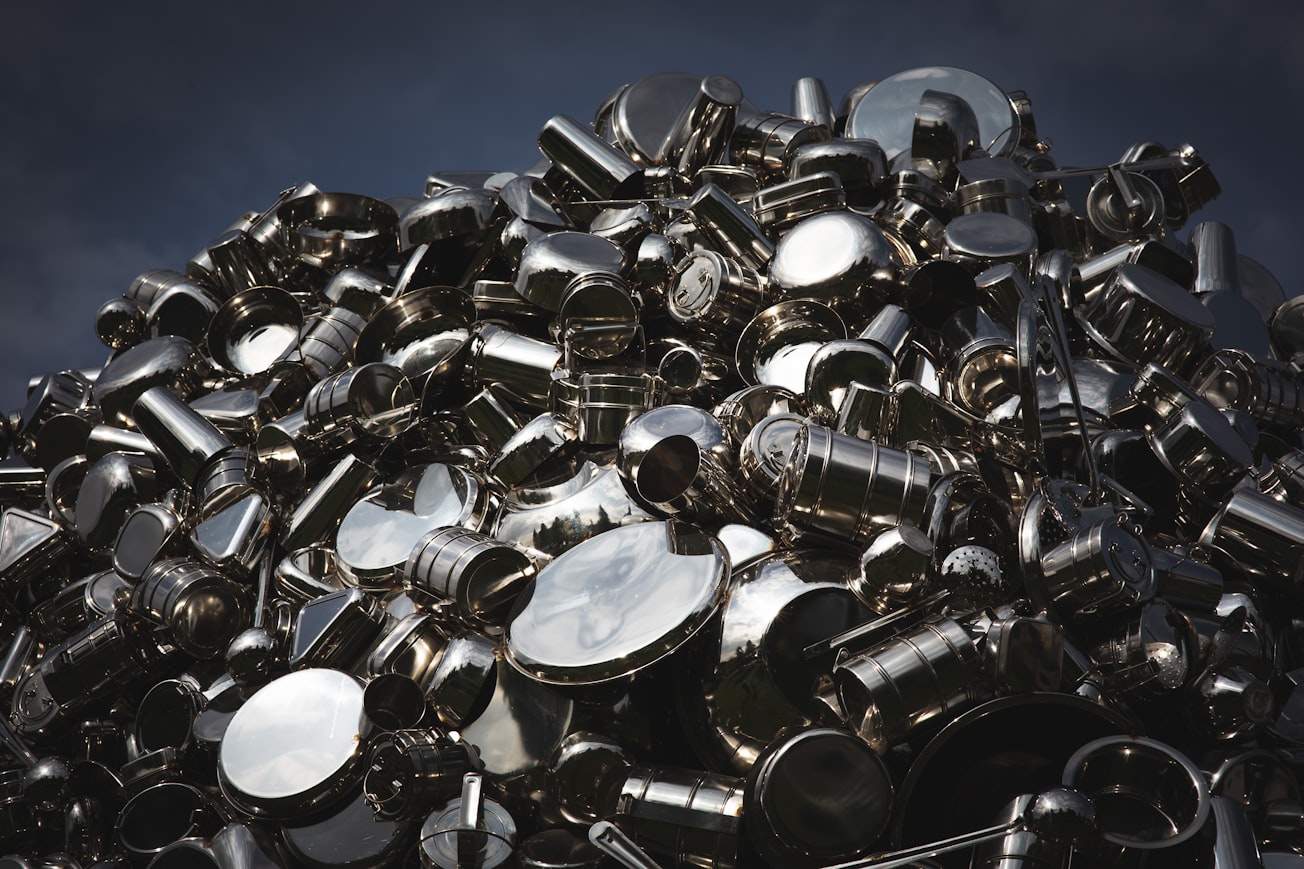What is it about?
Chromium (Cr) is one critical metal due to its essential economic importance and potential supply risk of primary resources. Recycling of secondary Cr metals is a desirable sustainable strategy in responding to the soaring demand, but are they available for recycling? This paper examines China's Cr dynamic flows and stocks for the period of 2000–2019, covering the production, manufacturing, use, recycling, and international trade stage of Cr. We have compiled intensive data from different sources, including official statistics, industrial associations, non-governmental organizations, field surveys, and expert opinions to support this study.
Featured Image

Photo by Ben Wicks on Unsplash
Why is it important?
China is the leading Cr consumer, approaching 50% of global chromium consumption. However, its mineral reserve accounts for only 1.8% of the global reserve, which means that the recovery of secondary Cr (e.g., obsolete scraps) can play a vital role of mitigating reliance on importing primary Cr resource. Thus, it is necessary to assess the recycling potential of secondary Cr resources in China. Especially, the evolution trend of the actual Cr recycling is unknown since the availability of stainless-steel scraps is subject to change but there is a lack of whole life cycle analysis on such a matter. Four significant findings are: a) China’s Cr demand increased more than tenfold from 2000 to 2019 due to the rapid development of the stainless-steel industry. b) The net Cr import to apparent Cr consumption (includes old scrap recycling) reached 94% in 2019, in which 69% of purchased virgin materials were imported from the African region (e.g., South Africa). c) The generation of end-of-life flows has been accelerating since 2000 and reached approximately 1,400 Gg in 2019, indicating more available secondary Cr resource and great recycling potential. d) However, the end-of life recycling ratio (EOL-RR) were significantly low and decreased to about 17% in 2019. Such findings reflect the unstable demand for old scrap and call for an integrated management of both primary and secondary chromium resources, with a special focus on accurate planning for scrap utilization.
Perspectives
Our results show the fluctuation of recycling indicators, indicating the imbalance between Cr scraps supply and demand. Currently, the stainless-steel scraps trade is mainly through informal transactions. Therefore, it would be necessary for the Chinese government to set up formal scraps markets. Also, to diversify the secondary Cr supply it is critical to permit and accelerate the import of secondary Cr materials so that China can reduce the dependence of importing virgin Cr resources. China used to import stainless steel scraps from developed countries. However, such import reduced significantly in recent years due to China’s import ban of foreign wastes. On the other hand, the Chinese government released the national iron/steel recycling standards in 2020, in which Chrome SS was listed as one of the key recycling materials. Recently, the Chinese government has promised to achieve carbon neutrality in 2060. Under such a circumstance, China will gradually change its policy of banning wastes import. Especially, since many countries do not have adequate and effective Cr recycling facilities, to allow importing more Cr containing wastes can not only help reduce China’s reliance on virgin Cr materials, but also mitigate the impacts of those exporting countries.
Ziyan Gao
Shanghai Jiao Tong University
Read the Original
This page is a summary of: Evolution of the anthropogenic chromium cycle in China, Journal of Industrial Ecology, October 2021, Wiley,
DOI: 10.1111/jiec.13207.
You can read the full text:
Resources
Contributors
The following have contributed to this page










